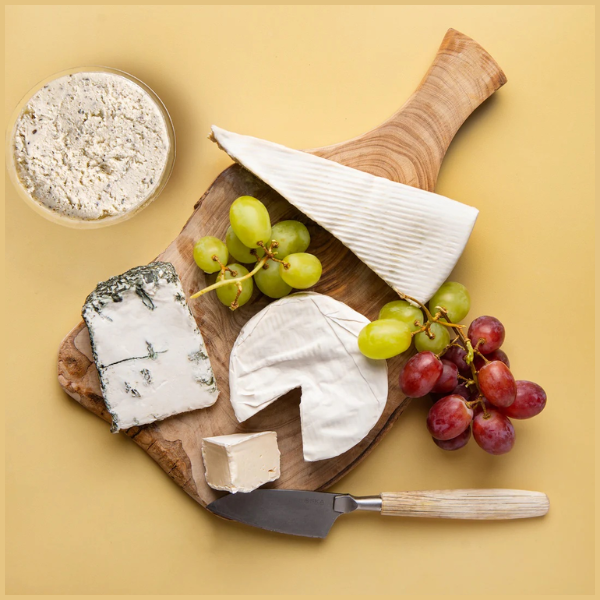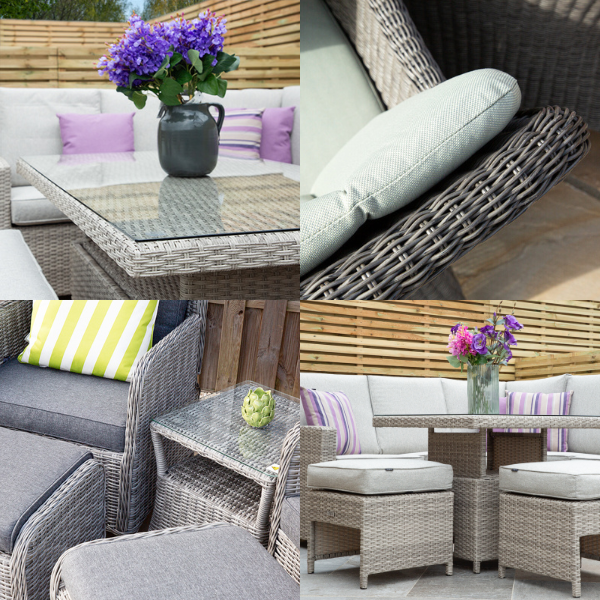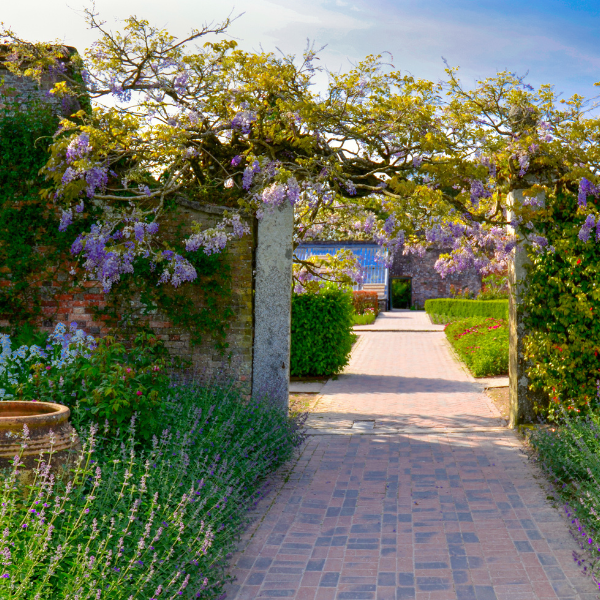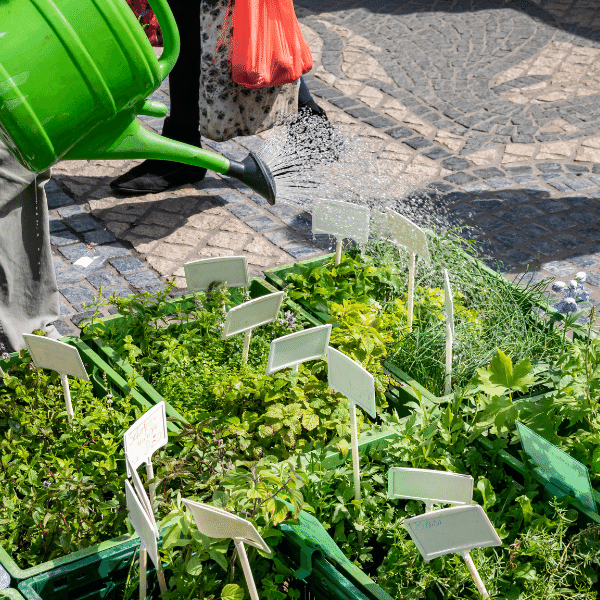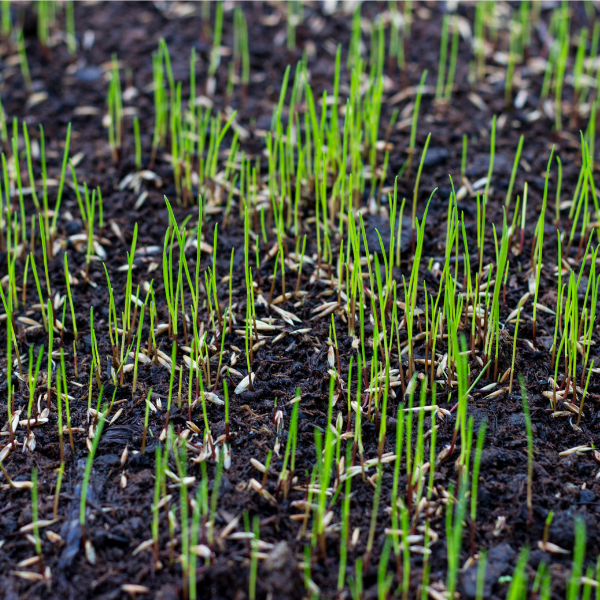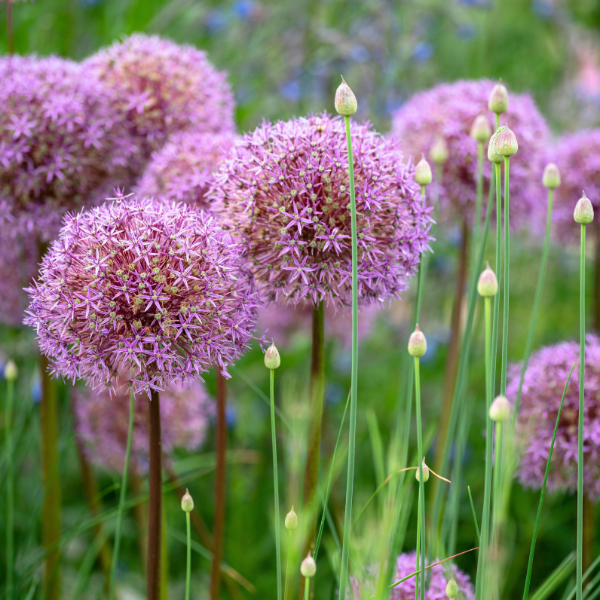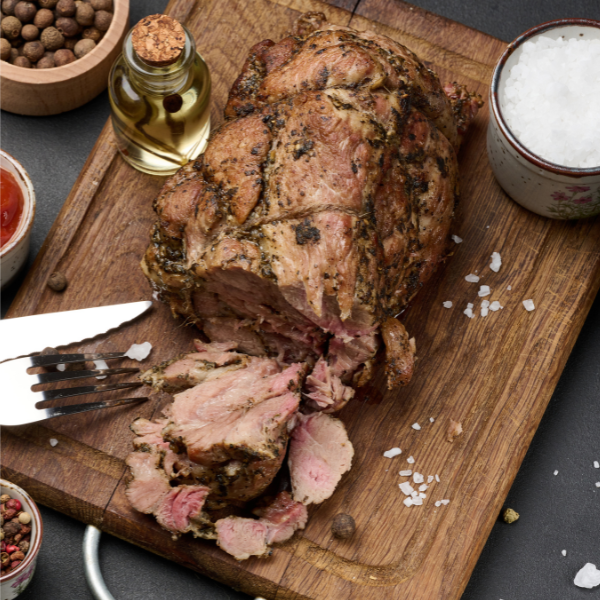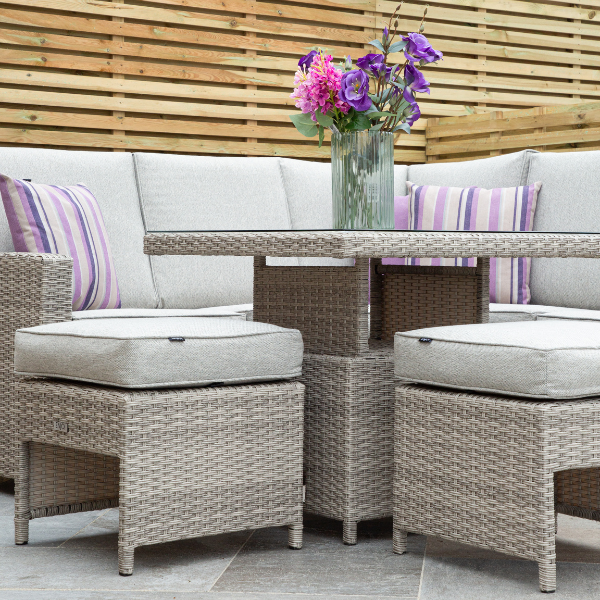Dahlia
Dahlia
Dahlias are a beautiful colourful flower that typically bloom from midsummer through to late Autumn. Because they don't survive well in colder climates, they would need to be dug up and stored somewhere warmer over the colder, winter months. The Dahlia is a type of tuberous plant and is a member of the Asteraceae family, which also includes the Sunflower, Daisy, Zinnia and Aster.
When picking a Dahlia to suit your garden or home, you will have an array of choice to choose from. They can range from coin-sized flowers to those as big as dinner-plates. Most varieties grow from 4 to 5 feet tall and cover a variety of colours including orange, pink, red, purple, white and more. Dahlia tubers are planted in the ground in late spring and generally flower from July. You will often find them in bouquets as they make lovely cut flowers and they can also be perfect for a garden border as they aren't tall enough to shade other plants, many people plant them by fruit or vegetables for this exact reason.

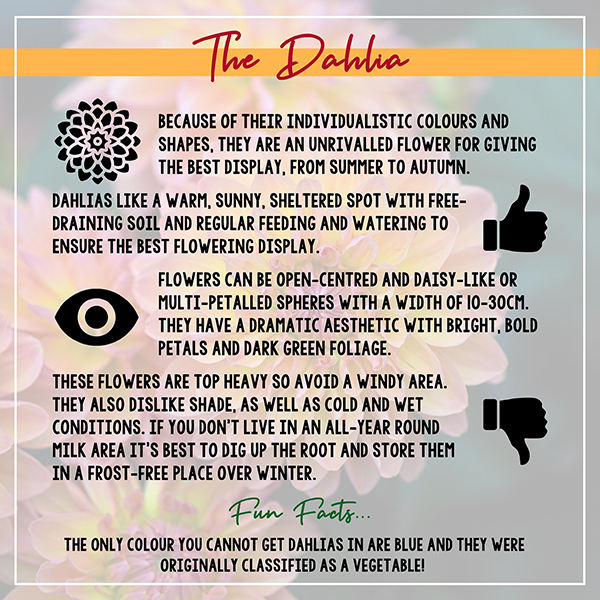
Planting
Dahlias thrive in 6 to 8 hours of direct sun, especially morning sunlight, and they benefit best from protection to the wind, this is because they are a top heavy plant so they can often take a beating from strong winds and rain. They grow best in rich, well-drained soils. Some people will start the growth of a Dahlia indoors, before replanting outside when the weather is warmer.
Easy to follow rules for planting:
- Dig a 6-8 inch hole
- Set the Dahlia into the ground with the growing points or 'eyes' facing up
- Cover the Dahlia with 2 inches of soil until the stem sprouts and then fill with to the top with soil
- Watering the root straight after planting encourages rot so wait until the sprouts have appeared
- If you have chosen a larger flower Dahlia, use a stake, tying stems around it, to help with support
Growing
When Dahlias are fully grown, water them at least 3 times a week in the peak of summer. They often benefit from a low nitrogen-liquid fertilizer and once they have started sprouting they should be fertilized monthly. If you find that your Dahlia isn't blooming properly it may be that you have over fertilized it. Deadheading a withering flower will only allow more to bloom, so doing this regulary will benefit the plant, and it's overall appearence in the long run.

Top Tips
- They are vigorous plants and stems can become overcrowded. Many people thin out the stems in order to improve the overal appearence. Keeping at least 8 sturdy stems is vital for stability.
- You can make new plants from cuttings, divisions or seeds from current ones. The seeds are best planted indoors until they can be transferred outdoors in May/June, where they can easily acclimatise to the outdoor conditions.

 2,768 REVIEWS
2,768 REVIEWS